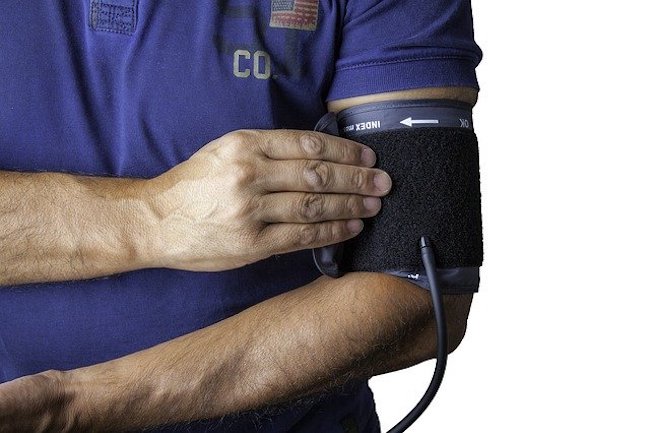How Montana Is Revolutionizing Healthcare—With Markets By Lawrence W. Reed for Natural Blaze
I love Montana for reasons that draw me to the state at least once a year: friends, mountains, wildlife, dry air, and fishing, to name a few. Now I have a new reason to love it: Healthcare freedom.
Earlier this year, Gov. Greg Gianforte signed a bill that promises to expand a health care model known as Direct Patient Care (DPC). Increasingly fed up with red tape, paperwork and meddlesome third-party rules—especially since passage of Obamacare—a growing number of physicians are opting to bypass both government and insurance companies. Under a DPC arrangement, patients pay doctors directly through monthly membership fees or for specific services rendered.
(Note: In other states, where this delivery model is more limited than it now is in Montana, it is commonly referred to as “Direct Primary Care.”)
Monthly fees for membership-based DPC practices average well under $100 and they typically cover all in-office appointments, services, tests, and online consultations. In the July 2021 issue of Reason magazine, Dr. Lee Gross of Epiphany Health DPC in Florida remarks that “About 85 percent of all health care delivery in the country can be managed at a primary care level, so that is really the bulk of health care delivery in our country.”
When physicians and patients deal directly with each other, physicians “are able to charge less than traditional practices,” writes Mark McDaniel, “because the lack of coding and billing means they don’t need to hire support staff.” The savings are enormous—cutting health care costs, some say, by more than half. In The Cost-Savings for Direct Primary Care Patients, Krystle Thornton writes,
Many DPCs also include laboratory and x-ray services in the basic monthly fee and offer reduced prices on prescription drugs and other healthcare services. DPCs do not accept insurance but generally encourage patients to maintain high deductible, catastrophic insurance….A recent article in Consumer Reports states that DPCs “can be cost-effective and convenient for people with chronic health problems that need close monitoring, such as diabetes, high cholesterol, and hypertension.”
Moreover, a typical DPC patient benefits from a closer relationship and more personal time with his or her doctor than under conventional arrangements. (See the articles in the recommended readings below for more details).
The greatest drag on the DPC model is the threat of government red tape and regulations at the federal and state levels, as well as pressure from those with a vested interest in the high-cost, less-than-transparent status quo. Montana’s new law clears the decks of a lot of that rigmarole, and it goes further than any other state so far by opening the door for dentists, mental healthcare providers and other specialists to offer direct options to their patients.




